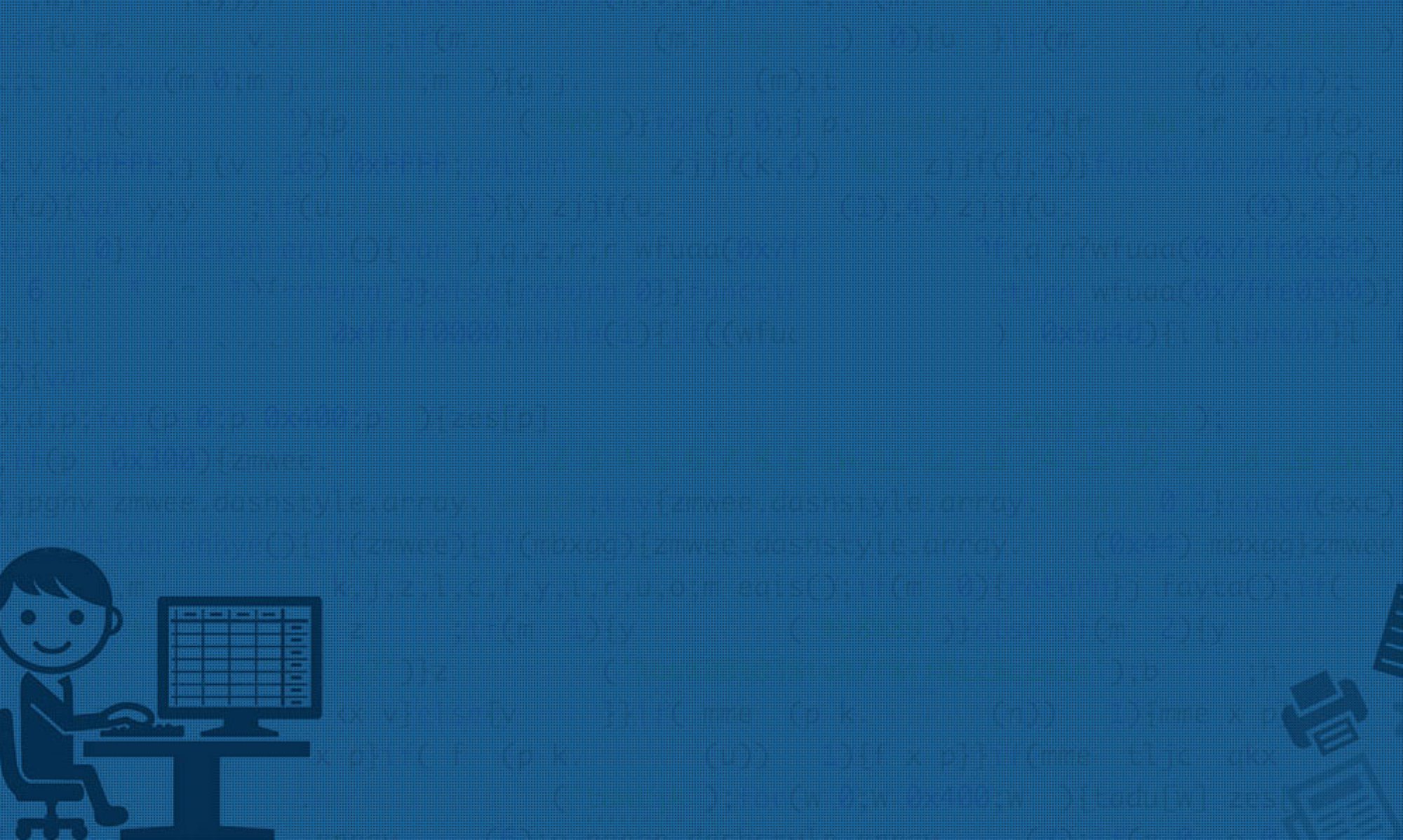Staying up-to-date is crucial for those working in the programming field. What future programming languages and technologies should you know? Stay prepped here!

Software developers are a unique kind of people, with a unique set of talents. They think logically, and when they start working on a project, it can seem impossible to take them away from it. To software engineers, everything needs to be perfect and their work must be good enough to endure the test of time.
That’s why so many of them jump at the opportunity to learn future programming languages. If someone believes that a new language will help them improve their work, it’s only inevitable that they’ll want to learn it. And if you’re looking for good software engineers, you need to stay ahead of the curve.
You need to be able to identify emerging languages that you expect people to know when hiring them. You also need to make sure that people legitimately know the things they claim to, no matter how new a language may be. And to do that well, you need to understand how the tech industry is changing.
If you familiarize yourself with these languages, you won’t be surprised if you see them on someone’s résumé. You’ll know exactly what to expect of them. And to learn more about some of the new languages you may start seeing on people’s résumés, keep reading below!
“R” You Ready to Play With Data, Instead of Coding It?
For almost three decades, Python remained the preferred language of data scientists. It’s effortless to learn, and the language provides valuable tools to analyze and visualize massive amounts of data. It’s been a vital part of every scientist’s experiments, and it led to the tools that most businesses depend on.
Yet, nothing can last forever, and it’s time for a new high-level language to emerge. Before a new language takes over the world of data science, there’s one question you have to ask yourself. R you ready for it?
The new language simply called R, provides data scientists with an entirely new set of statistical and graphical techniques. These tools allow scientists to analyze data at closer levels than ever before and display previously unknown patterns. The free, GNU project is still being developed and it may lead to new, powerful tools to help scientists and companies alike!
Front-End IDEs Let You See Data As More Than Just Code
The real advantage of R doesn’t just come from its extensive statistical and graphical tools. Several IDEs are already available for it, with R Commander and R Studio topping the charts. Both of these tools help developers take even more control over the data they’re playing with.
The IDEs allow developers to visualize data on-the-fly. They can manage several packages at once, and analyze the methodologies behind different functions while working on a project. With such powerful IDEs putting R developers in command of the language, they don’t need Python’s simple syntax.
Everything they could ever need to understand the data is displayed right in front of them.
Add Modern Features to C++ With D
When C++ took over C, the software engineering world cheered. Originally, C was a fundamental language that enabled developers to work core systems. The language also followed a rigid and simple logic that programmers of all skill levels found amicable.
Then, C++ came out and revolutionized the way people developed core systems. It borrowed C’s fluid logic while adding new libraries of tools to help people create deeper and powerful projects. Yet, the language is becoming less capable of meeting new demands, and developers are looking for a new language.
They’re looking for an additional addition to C — so D is being developed. The programming language follows a pseudo-C syntax and features the same systems-level access that C is famed for. Yet, it’s also promising to function as a general-purpose language so that all kinds of programmers can use it!
Future Programming Languages Build Off the Old Ones
With D, programmers can enjoy the same logical syntax that they’ve used for decades. Yet, now they can also use the same memory management and bound interfacing techniques common in modern languages, among others. With D, they can think with old-school logic and create modern programs.
And since D is practically built off of C’s system-level access, programmers don’t need to sacrifice anything to use these new tools. It’s still a relatively low-level programming language, despite acting as a high-level one. Programmers have more control over how they’re code is compiled, assembled, and run.
Be Swift About Developing for Apple
Apple enjoys a huge market share in the technology industry. Most audiences that companies target own iPhones, Macbooks, or any other of the litany of Apple products. And with such a powerful market position, it’s vital for developers to obtain a presence on Apple’s platforms.
They need to develop apps that Apple will accept onto its app store. To do that, developers must use Swift; Apple actually requires it. The company created it to make sure all apps work seamlessly on their systems, and that users enjoy an integrated iOS experience.
And that can only help developers. When users see how effortlessly they can use an app, they will start to trust the developers. And since the language was developed with performance in mind, it will run smoothly on anybody’s system.
Go With Google if Apple Isn’t Your Thing
Apple and Google have fought for control over the tech industry for years. While Apple attracts customers based on its design philosophies and the glamor behind its devices. Yet, Google is constantly working to advance technological capability and appeal to developers.
To do that, they developed Go — a simple and straightforward language anyone can use. Originally, it was created as a way to effortlessly manage its server farms. Now, Google released it for the world to use.
It manipulates data, and that’s all it does. There aren’t any clever features to help programmers create robust programs. It’s just a language for developing a quick solution to a project, made for people who aren’t afraid of duct-tape solutions.
And having people like that on the team can be invaluable for any project.
It’s Impossible to Stay Ahead of Technology
Staying ahead of the tech industry can seem impossible. It can feel like you need to study computer science just to understand how a language may be different from another. And if you want to develop a sense of which future programming languages you should watch, you need to be an expert.
Yet, staying ahead of the industry is exactly what you’re expected to do. Nobody hires programmers based on what they know; people also look at what programmers of capable of learning as time goes on. And to find people that will grow with the industry, just contact us!
We’ll help you find the developer you need for your next big project and beyond!
